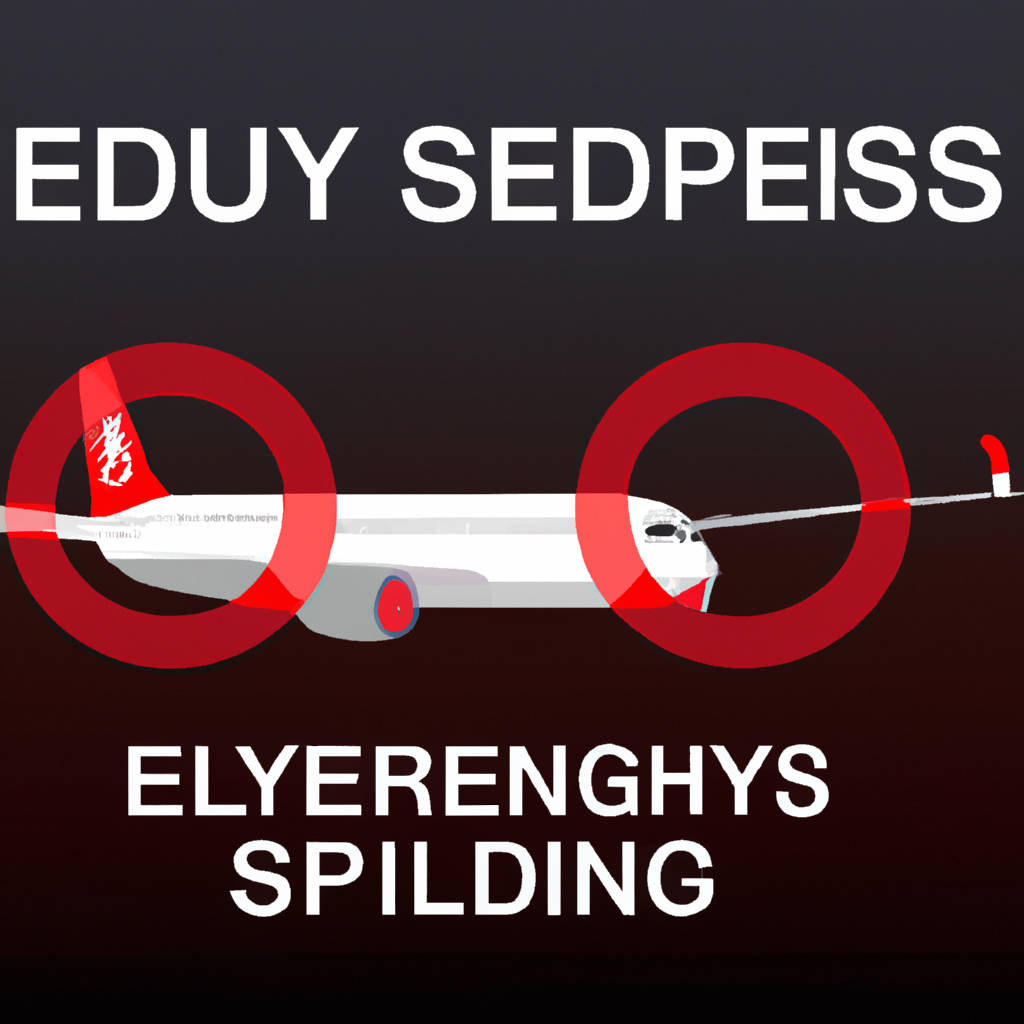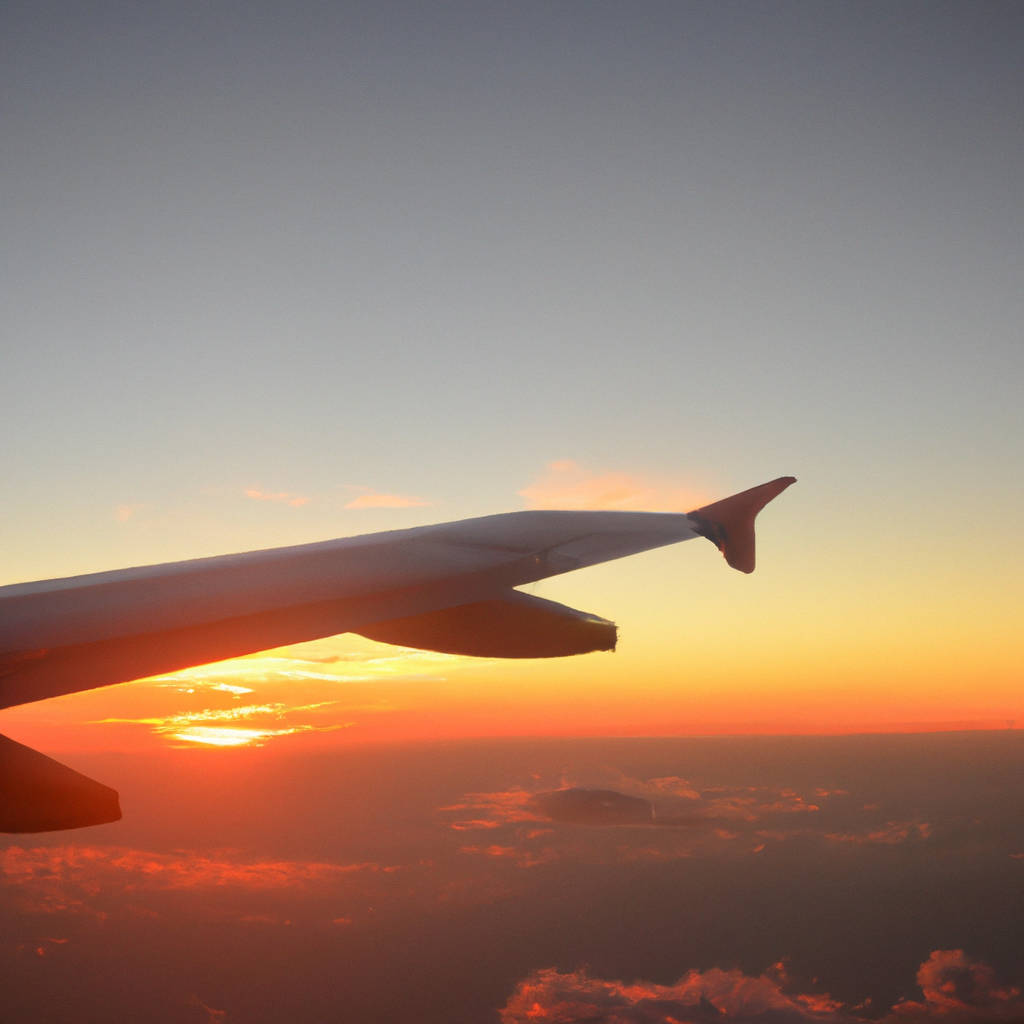Red-eye flights refer to those airplane journeys that are scheduled to depart late at night and arrive at their destination early in the morning. The term “red-eye” was coined due to the common symptom of having red eyes from lack of sleep. These flights are particularly beneficial for those who want to maximize their daytime hours at their destination, as they essentially travel while they would typically be sleeping. However, they can be challenging for some passengers due to the potential for disrupted sleep patterns and jet lag.
While booking a red-eye flight, one must consider some factors like the total travel time, layover durations, and the difference in time zones between the departure and arrival cities. It’s also crucial to plan your sleep before and after the flight to minimize the impact of potential sleep deprivation. Amenities offered by the airlines, such as comfortable seating and in-flight entertainment, can significantly influence the passenger’s experience on a red-eye flight. Therefore, understanding the pros and cons of red-eye flights is essential before opting for this travel option.

Top Travel Credit Cards for 2024
In 2024, the landscape of travel credit cards has been reshaped to offer consumers an array of benefits and rewards tailored to their travel needs. A frontrunner in this arena is the Chase Sapphire Preferred Card, renowned for its robust point system that allows cardholders to earn double the points on travel and dining worldwide. Another standout card is the Capital One Venture Rewards Credit Card, which offers unlimited double miles per dollar on every purchase and has no foreign transaction fees – key features for frequent international travelers. The Platinum Card from American Express, though it comes with a higher annual fee, delivers an extensive suite of perks including access to over 1,300 airport lounges globally, up to $200 in Uber credits annually and a $200 airline fee credit.
For those who prefer hotel rewards, the Marriott Bonvoy Boundless Credit Card offers six points per dollar spent at participating hotels and two points on all other purchases. With the Hilton Honors American Express Surpass Card, you can earn 12 points per dollar on Hilton purchases, six points at U.S. restaurants, supermarkets and gas stations, and three points on all other eligible purchases. The Bank of America Travel Rewards Credit Card is another noteworthy choice, offering 1.5 points for every dollar spent on all purchases, with no annual fee and no foreign transaction fees. Lastly, the Discover it Miles Card stands out for its straightforward rewards structure – 1.5 miles for every dollar spent on all purchases, and an impressive match of all the miles earned at the end of the first year for new cardmembers, with no annual fee. With so many options, it’s essential for consumers to consider their specific travel habits and preferences when choosing the most fitting travel credit card for 2024.
Defining Red-Eye Flights: What You Need to Know
Red-eye flights refer to those that depart late at night and arrive early the next morning. The term “red-eye” derives from the fatigue symptoms that passengers often experience due to lack of sleep, resulting in bloodshot or ‘red’ eyes. These flights are popular amongst business travelers who want to optimize their working hours and avoid wasting a day in transit. They are usually long-haul flights, spanning across different time zones, which requires adjusting to jet lag as well. Red-eye flights may also be more affordable than day flights, making them appealing to travelers on a budget. The seating arrangements and services on these flights are similar to day flights, with the addition of amenities geared towards creating a comfortable environment for sleeping.
Some airlines provide sleep masks, earplugs, and even lie-flat seats on certain aircraft. However, it’s important to consider the potential downsides of red-eye flights. The disruptive sleep patterns can lead to fatigue and decreased productivity, and it may take a few days to recover from the effects. It’s crucial to take into account personal health and sleep patterns before opting for a red-eye flight. Some people might find it difficult to sleep on airplanes, which could make the experience more tiring than restful. Lastly, planning a schedule that allows for rest upon arrival can make the transition easier. With proper planning, a red-eye flight can be a practical choice for many travelers.

The Benefits and Drawbacks of Red-Eye Flights
Red-eye flights, those typically scheduled to depart after 9 p.m. and arrive by 5 a.m., offer both advantages and disadvantages. On the positive side, these flights can be more budget-friendly as they are often priced lower due to fewer travelers opting for the inconvenient hours. They can also be a practical choice for business travelers, allowing them to reach their destination by morning without losing a working day. Additionally, the airports are usually less crowded, resulting in a smoother check-in and boarding process. Another benefit is the possibility of less traffic, both on your way to the airport and upon arrival at your destination. Not to mention, the flight itself may be quieter, as many passengers try to sleep.
However, red-eye flights also come with their share of drawbacks. The most significant one being the potential disruption to your sleep schedule. Not everyone can comfortably sleep in the cabin environment, leading to sleep deprivation and fatigue upon arrival. This could lead to a decrease in productivity or enjoyment of the following day’s activities. The late-night travel could also increase the risk of feeling disoriented, especially when crossing different time zones. There’s also the inconvenience of getting to and from the airport at odd hours, which might be a challenge if you rely on public transportation or need to coordinate with others. Furthermore, if you’re traveling with children, handling their sleep schedules can be an extra challenge. Lastly, despite being less crowded, late-night flights can sometimes have fewer staff members available, which could potentially impact service quality.
In conclusion, red-eye flights can be an economical and efficient way to travel, but it is important to weigh these benefits against the potential impacts on your sleep and general well-being. Each traveler must consider their personal needs and circumstances before choosing to take a red-eye flight.
Advantages of Taking Red-Eye Flights
Red-eye flights, often scheduled to depart after 9 pm and arrive by 5 or 6 am, offer numerous benefits to travelers who are willing to voyage through the night. One significant advantage is the potential for reduced airfare costs. Airlines are keenly aware that off-peak hours are less popular, so they often offer discounted tickets for these flights to attract passengers. Moreover, red-eye flights can be a practical choice for business travelers who want to maximize their daytime hours at their destination. Instead of spending a day in transit, they can sleep on the plane and arrive ready for meetings or conferences. Another advantage is the potential for less crowded flights, leading to a more comfortable and quiet travel experience.
Notably, for those who value efficiency and less hassle, airports are usually less congested during late-night hours, which can mean shorter security lines and less time spent waiting. Furthermore, luggage often arrives quicker on the conveyor belts due to fewer flights landing at the same time. Red-eye flights also can be a strategic advantage for those dealing with jet lag, as adjusting to time differences might be easier when traveling at night. Finally, taking a red-eye flight can contribute to a full day’s saving of hotel fees since travelers won’t need accommodation for the night spent in the air. Therefore, despite the potential for fatigue, red-eye flights offer a range of practical benefits for those willing to adapt their sleeping schedule. These flights can provide cost savings, time efficiency, comfort, less hassle, and a strategic choice for managing jet lag.

Disadvantages of Taking Red-Eye Flights
Red-eye flights, typically depart late at night and arrive early in the morning, might seem like an efficient travel option as they allow you to maximize your daytime hours. However, they come with a number of significant drawbacks. The most notable one is the potential disruption to your sleep schedule. Travelers often find it challenging to experience restful sleep on these overnight journeys due to uncomfortable seating arrangements, noise from fellow passengers, and cabin lights. Consequently, you may arrive at your destination feeling fatigued and suffer from jet lag, which could negatively impact productivity and performance if you are traveling for business. Furthermore, red-eye flights can place a strain on your physical health. The lack of sleep can weaken your immune system, making you more susceptible to catching illnesses.
Dehydration is another common issue experienced on red-eye flights due to the dry cabin air and lack of water intake, which could lead to headaches and general discomfort. Another disadvantage is the limited services available on these flights. Often, the airline doesn’t offer a full meal service on red-eye flights, and the airport shops and restaurants may be closed before your flight. Furthermore, upon arrival, you may face difficulties getting transportation or checking into your hotel due to the early hours. Lastly, if you are traveling with children, red-eye flights can be particularly challenging. Young kids may have difficulty sleeping on the plane, making the flight a stressful experience for the whole family. Therefore, while red-eye flights might seem convenient at first glance, they do carry a range of potential disadvantages that can affect your overall travel experience.
Typical Timing for Red-Eye Flights
Red-eye flights typically take off after 9 p.m. and land around 5 or 6 a.m., making them an efficient choice for travelers looking to maximize their time at their destination. Known for their late-night departure and early morning arrival, these flights are aptly named after the common symptom of sleep deprivation, red eyes. Businesses frequently utilize these flights to ensure their employees arrive ready for a full day’s work at their destination. However, the exact timing may vary depending on the airline and the specific route. For instance, west to east coast flights in the United States often have longer flight times due to headwinds, thereby extending the duration of the trip.
International flights, on the other hand, may depart in the late evening and arrive in the morning two days later due to the time difference. Despite the potential for jet lag, many passengers prefer red-eye flights as they are usually cheaper, less crowded, and allow travelers to avoid wasting a day on travel. Additionally, they provide an opportunity for passengers to adjust to a new time zone. However, the timing of red-eye flights can be challenging for those who struggle to sleep on planes, potentially resulting in a groggy arrival. It is recommended that passengers prepare accordingly, bringing items that promote comfort and sleep such as neck pillows, eye masks, and earplugs. In conclusion, the typical timing of red-eye flights offers a unique set of advantages and challenges, making them a popular choice for many travelers.

